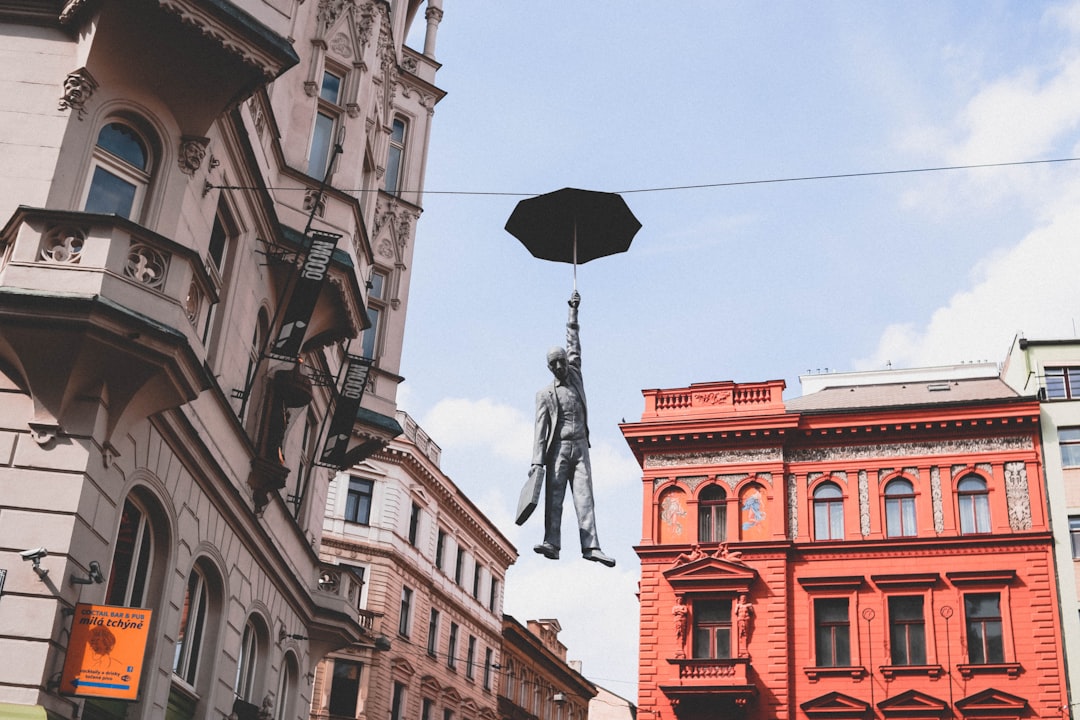Dancing House
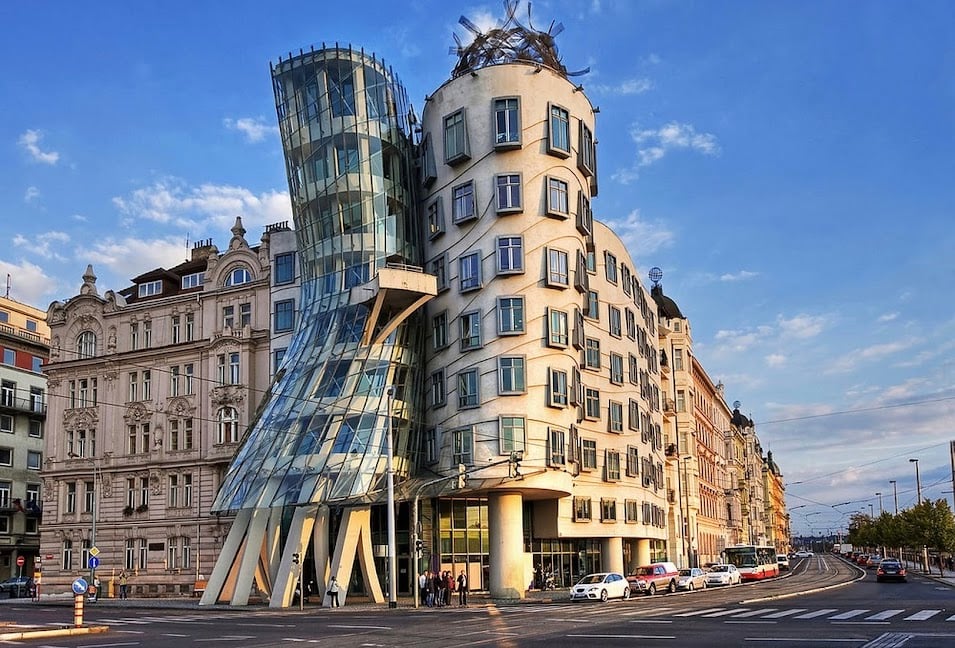
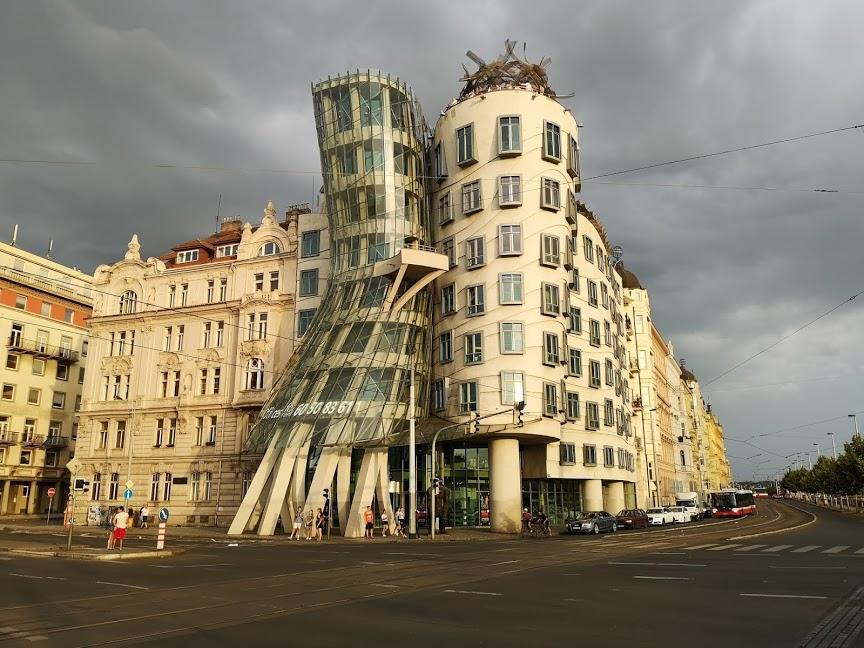
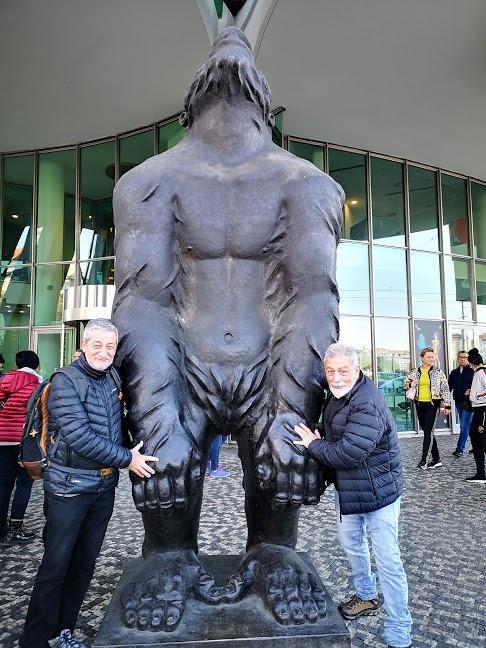
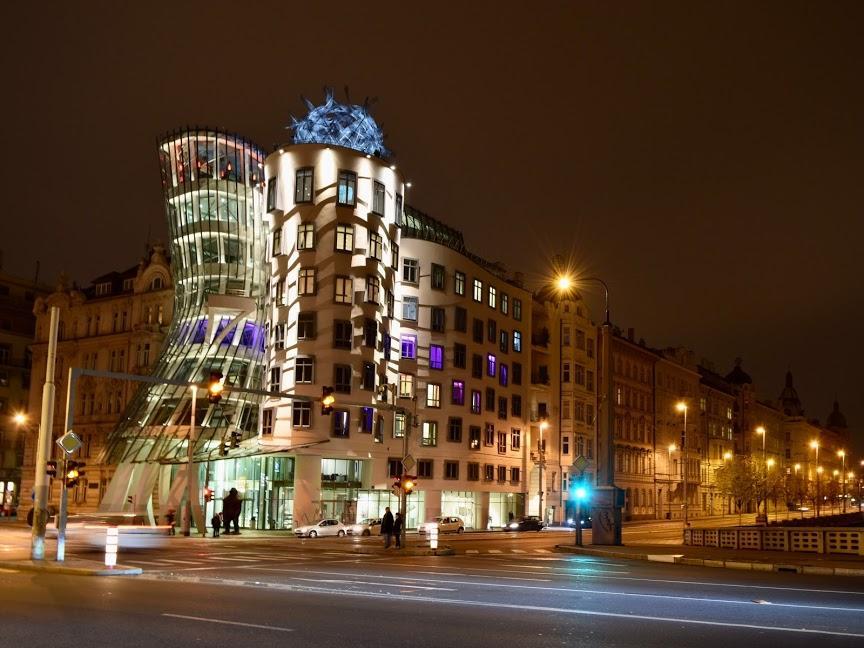
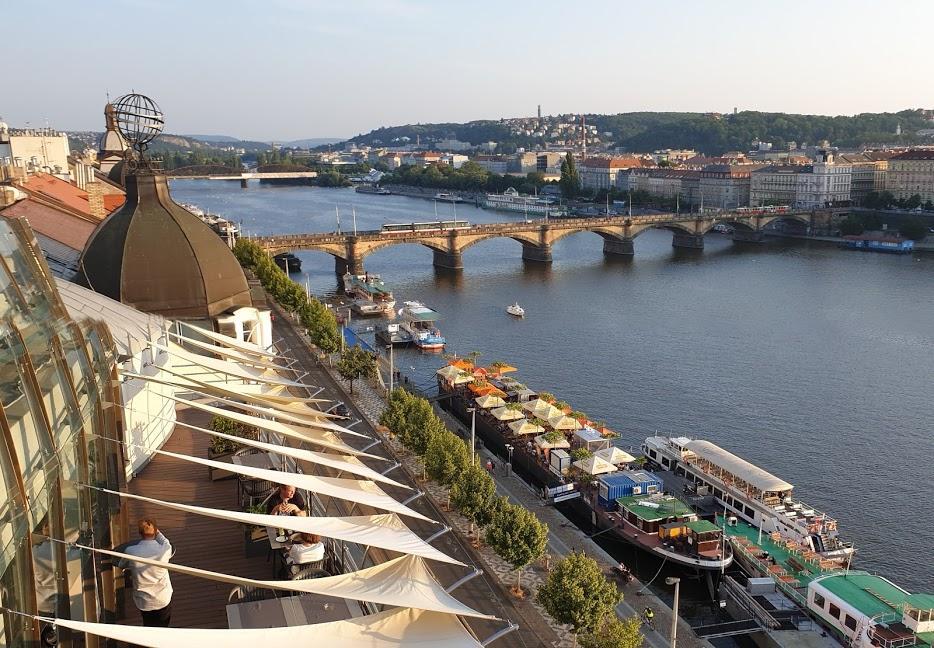
What people say
Pedro Pereira
Available for hire
"The Dancing House is a striking architectural landmark built between 1992 and 1996 on a site that previously housed a building destroyed during an American air raid on February 14, 1945. The clearing of the debris took several years, with almost complete removal achieved by 1946 and final demolition of remaining structures completed in 1960. Although plans for development were conceived as early as 1963, significant progress only began in 1992 when the Dutch insurance company Nationale Nederlanden purchased the land.
Architect Vlado Milunič, originally from Zagreb, Croatia, was selected for the project, and he collaborated with the renowned Canadian architect Frank O. Gehry, known for his innovative designs. The foundation stone for the Dancing House was laid on March 9, 1994, and the rough construction was completed by February 1996, with the grand opening occurring on June 20, 1996.
The building features seven above-ground floors and two underground levels, constructed from reinforced concrete. It incorporates ninety-nine original facade panels, supported by a slab and a system of drilled piles to accommodate the steady groundwater levels. The architectural design metaphorically represents the famous dance duo Ginger Rogers and Fred Astaire, with a stone tower symbolizing the male dancer and a glass tower representing the female partner. The dome atop the stone tower, designed by Gehry, resembles the head of a jellyfish, featuring a unique construction of metal pipes covered in stainless steel mesh.
Interior design elements were influenced by British architect Eva Jiřična, who has Czech roots. The Dancing House has been recognized for its exceptional design, winning the prestigious Design of the Year award from *Time* magazine in 1996, highlighting its importance and impact in contemporary architecture."
Read more in:
Melanie Mallory
"Mel says: This unique building is built in a style called "deconstructivism" and features two distinct architectural styles combined. One style has rigid and unbending lines, the other is wavy and reflects light through glass panels. The two styles represent communism and democracy respectively, and the building design was chosen by Vaclav Havel after the 1989 Velvet Revolution. It looks like two people dancing, hence the name of the building. There is a rooftop bar with beautiful views on top, though you must either pay a 100kc entry fee or buy a drink (I suggest buy a drink, some of which cost 100kc). There is also a restaurant inside, but the food is average and the cost is high, and the views are better up on the rooftop bar than from the restaurant indoors."
Read more in:
Lyndsey Kerridge
Available for hire
"The Dancing House is a modern architectural marvel located on the bank of the Vltava River. designed by Canadian-American architect Frank Gehry and Croatian-Czech architect Vlado Milunić. It is known for its unique shape that resembles a pair of dancers and has become an iconic symbol of contemporary Prague.
The "Dancing House" is set on a property of great historical significance. Its site was the location of a house destroyed by the U.S. bombing of Prague in 1945. The plot and structure lay decrepit until 1960 when the area was cleared. The neighboring plot was co-owned by the family of Václav Havel, who spent most of his life there.
Whilst here, grab a cocktail and enjoy the spectacular view from the rooftop Glass Bar! "
Read more in:
Mentioned in these guides
About Dancing House
Get the inside scoop on Dancing House from local experts, travel creators, and tastemakers. Browse genuine trip notes, Dancing House reviews, photos, travel guides, and itineraries from real travelers and plan your trip with confidence.
Phone
Save this spot for later or start mapping out a new trip today
Try our AI Travel Assistant and get instant answers to any questions about your trip.
Ask ThatchGPT
